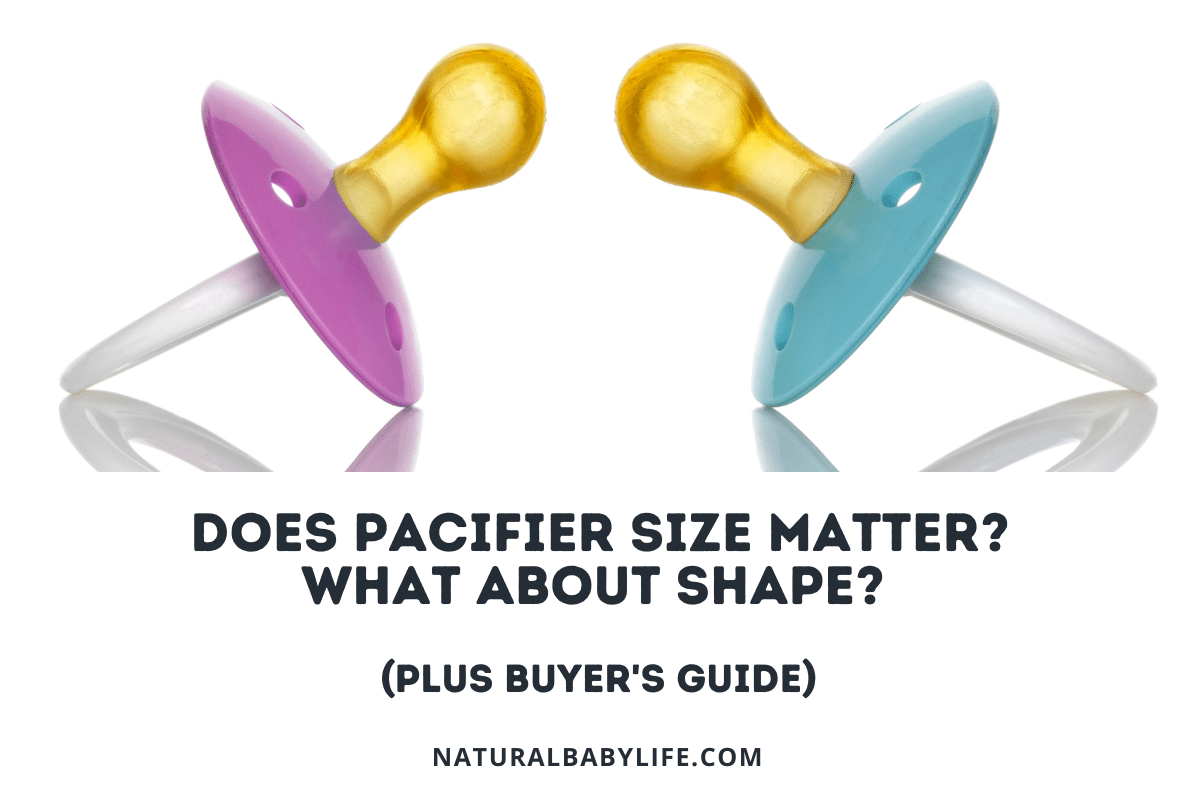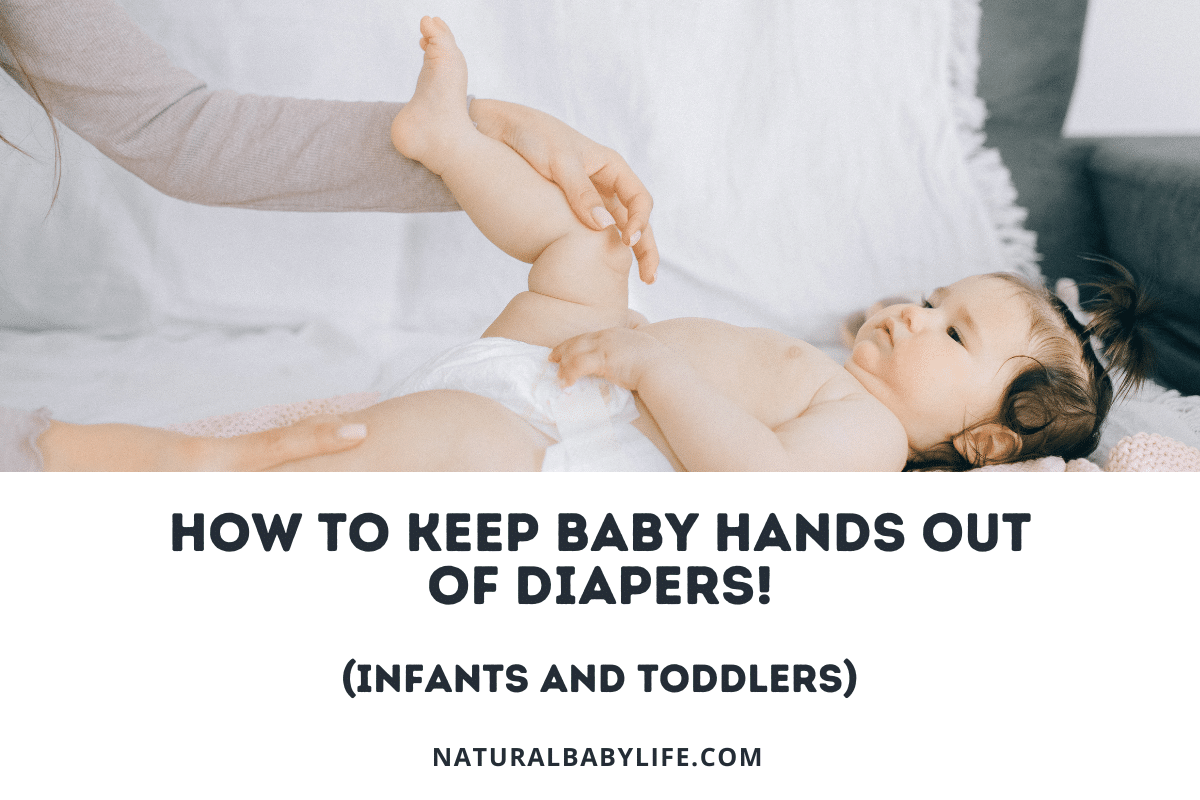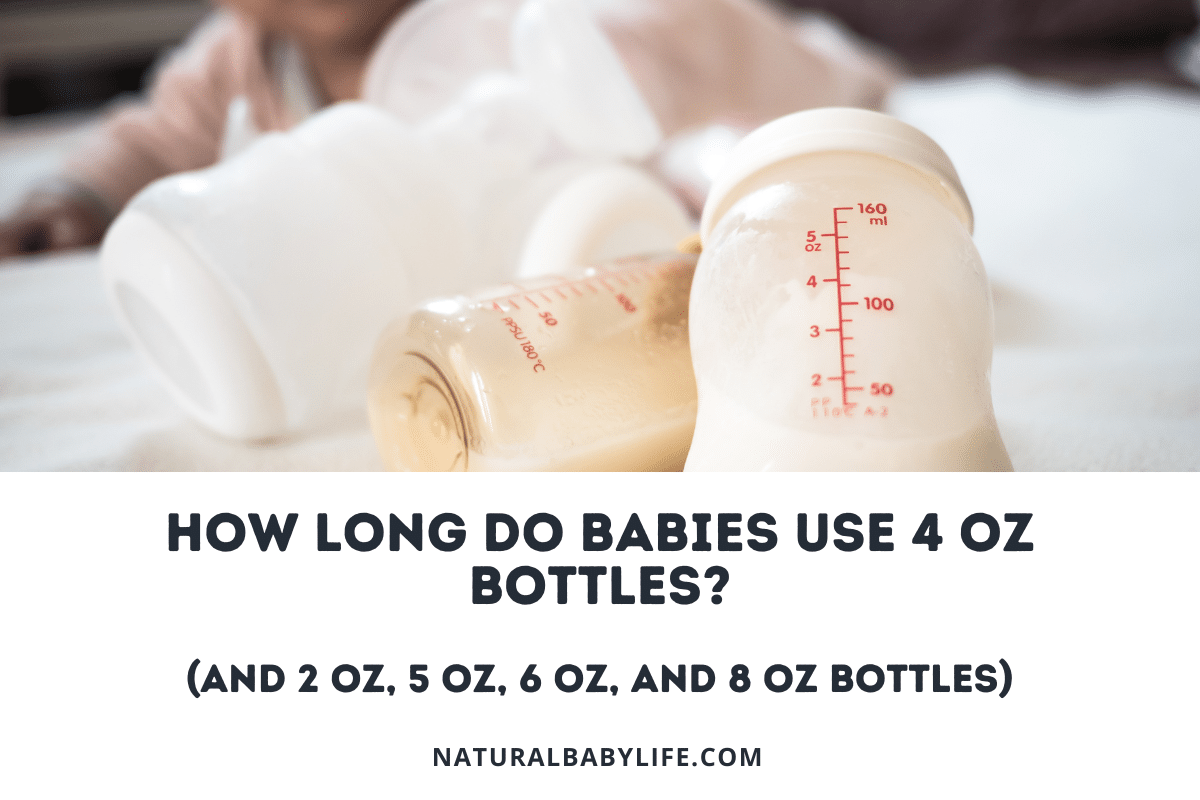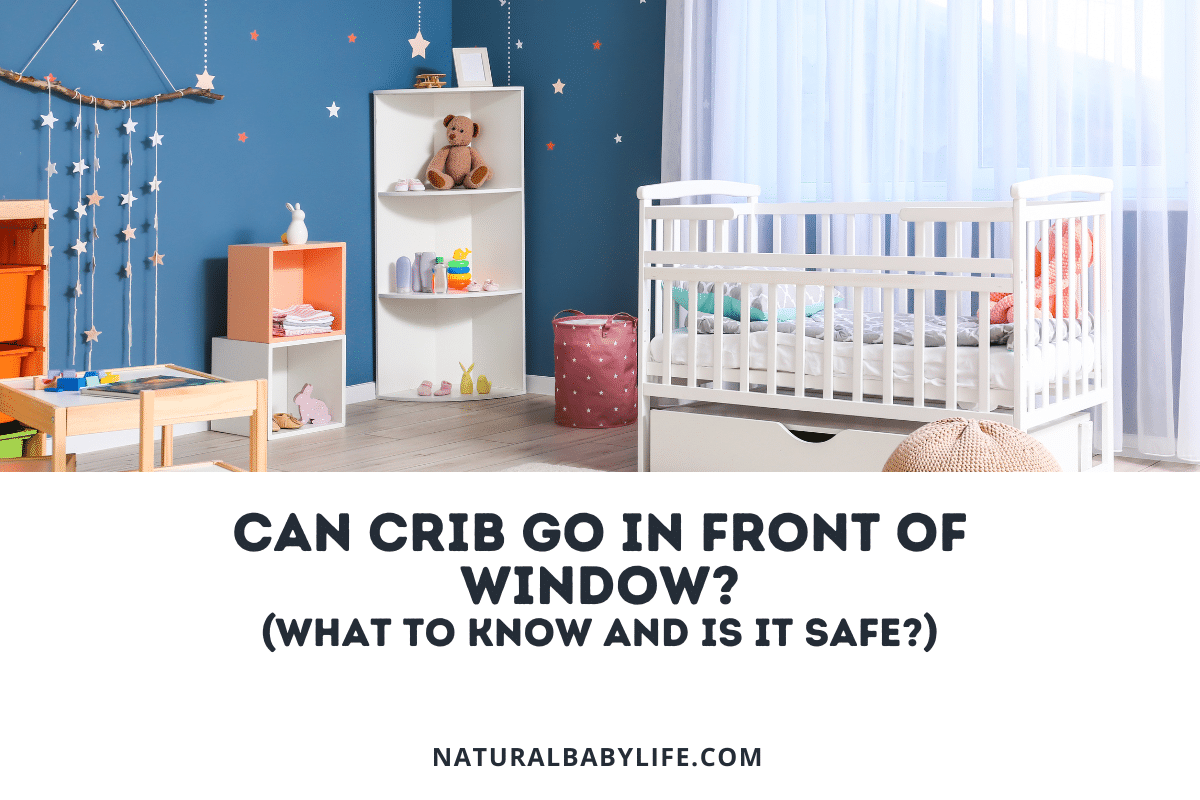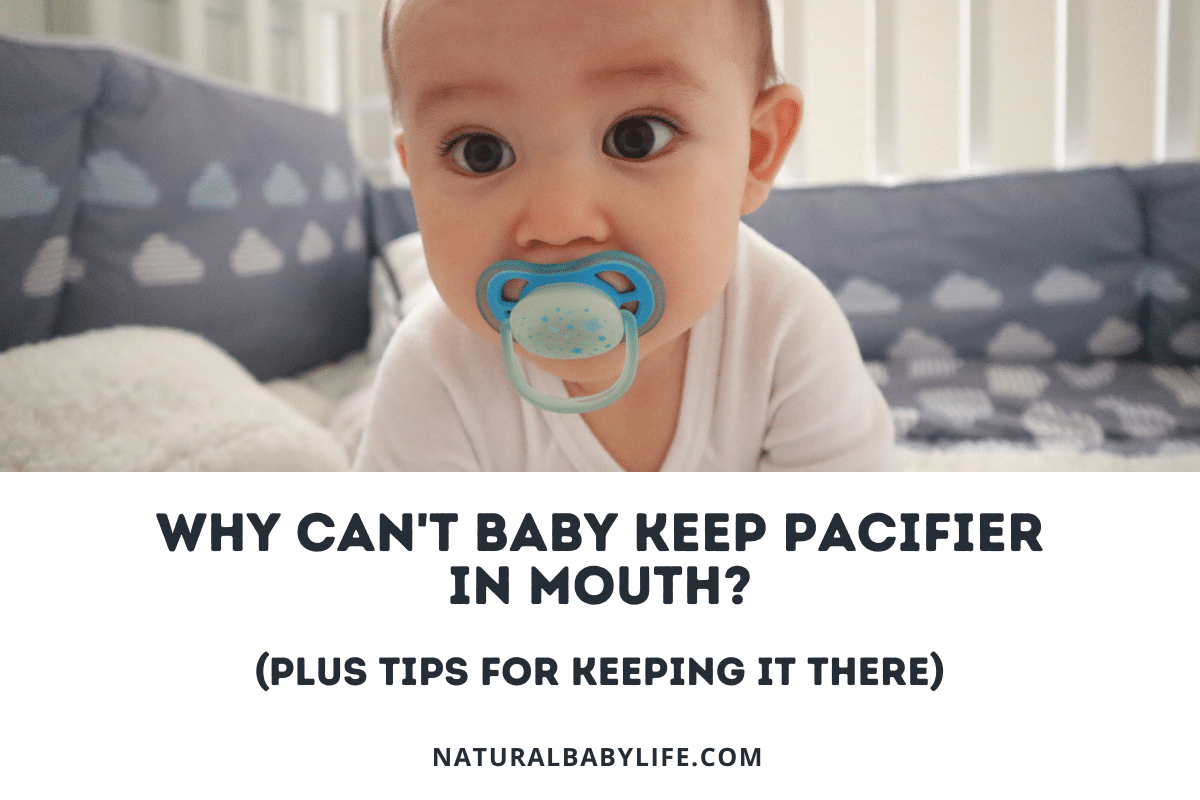Some babies are super-snugglers! They’ll burrow into any available nook or cranny, be it your armpit, your lap, or even the hard slats of their crib. But what exactly causes your little one to turn into a burrowing bunny?
All babies like comfort, and for some little ones, that means burying their face against anything available. Most babies associate pressure against their face with the comfort of breastfeeding, and will naturally look for something to press against their cheek when overwhelmed. Unfortunately, this can be dangerous if done at the wrong time or place.
Even though it can be absolutely adorable to watch your baby snuggle into your armpit or dive beneath a blanket, you may find yourself wondering if their burrowing behavior is safe. Keep reading to find out!
Table of Contents
Why do babies bury their faces?
While there aren’t many statistics available on why babies feel inclined to bury their faces, there’s a good chance that your little one will snuggle up into your armpit or a blanket sometime before his first birthday.
Typically, a baby will bury his face in your shoulder, in your arm, in their crib – really wherever is available – because they are either tired or feeling overwhelmed. Depending on the child, there is likely to be some serious overlap between the two, but different babies may bury their face for one more often than another and it can be helpful as a parent to identify your child’s reactions.
So, why do babies bury their faces at all?
The prevailing theory is that babies come to associate pressure against their cheek or face with comfort. When babies breastfeed, their cheek is pressed up against their mother’s breast. Not only is the skin-to-skin contact comforting, but the milk actually triggers the release of oxytocin (a feel-good hormone) in the baby’s brain.
The next time baby is stressed or tired, he responds by trying to mimic the feeling of nursing at the breast by burying his head beneath a blanket or under your arm.
One of the biggest concerns with babies burying their faces is the danger of suffocation. Newborns are at the greatest risk of accidental suffocation because they don’t have much control over their neck movements.
The risk of SIDS (sudden infant death syndrome) is highest before the age of one; after a child’s first birthday, the risk decreases substantially.
Some children may never grow out of the urge to bury their face in a blanket; the habit might just look a bit different as they get older.
If your baby loved to bury her face while little, she may want to sleep with a big blanket or stuffed animal when she’s older.
Other babies may bury their face for a week straight, and then never go back to the habit again. Each child is different, but that’s part of the joy of parenting!
Why does my baby burrow his head?
In addition to burying their head, some babies love to burrow into things (like your armpit, the couch cushions, or even the flat surface of their crib mattress).
Babies burrow for the same reason they bury their head: comfort. Whether they’re overwhelmed or just tired, burrowing can be a wonderful way for some babies to self-soothe.
Most babies who love to burrow will end up turning onto their tummies to sleep at night (all the better to burrow against the mattress). But sleeping face-down can be dangerous for your little one.
There’s always the risk that a tummy-sleeping baby might asphyxiate, and if your child actively tries to burrow into a mattress or beneath a blanket, it increases their risk of suffocation.
Why do babies like to bury their faces for comfort?
If you’ve ever had the urge to snuggle into something extra soft, you probably understand why babies like to bury their faces. There’s just some innate comfort in feeling something warm and soft pressed up to your face.
Babies first begin to associate burying their face with comfort as a result of the breastfeeding process. When babies breastfeed, their cheek is pressed up against their mother’s breast. Not only is the skin-to-skin contact comforting, but breastmilk also floods the baby’s brain with oxytocin (a feel-good hormone).
Babies can’t always breastfeed when they’re feeling stressed, but they try to replicate the feeling of nursing by burying their face in something soft. Even if they aren’t actually drinking milk, just the act of having something soft against their face can be enough to calm them down.
Baby likes to bury face into me
It’s one of the sweetest scenarios ever: your baby snuggles up against you and promptly falls asleep.
Even though you may not think it looks comfortable, your baby will probably love burrowing into your armpit, shoulder, or breasts. And Dad – don’t be surprised if your little one loves to snuggle into your chest, too!
From that position, your baby can hear the soothing sound of your heartbeat.
Rooting
Some babies bury their head into you as a ‘rooting technique’ – the way a baby will turn their head in search of the breast.
Some babies may rub their face across your entire chest in search of food, or may get distracted by your arm and burrow into your armpit thinking that they’re on the right track.
Comfort
Many babies may bury their head in search of comfort rather than a meal.
Physical contact has all sorts of benefits, especially for infants, and is a known way to minimize stress. Babies who are feeling overwhelmed or tired may instinctively snuggle up to a parent (or even a stuffed animal) in search of some extra comfort.
Sensory seeking
It’s important to remember that for babies, the entire world is brand new.
It’s possible that your little one loves to bury their face or burrow in order to experience the wide variety of different sensations out there! This sort of exploration is called ‘sensory seeking,’ and occurs when little ones search for different sensations.
It might sound kind of weird, but your baby might like exploring the world with his face. After all, a soft blanket certainly has a different texture than a rough patch of carpet or a leather couch cushion.
Baby likes to bury face while sleeping
Although it can be cute to watch your baby bury his face, the behavior can become dangerous if it’s paired with sleep time.
Unfortunately, many babies who like to bury their face also like to sleep face down, which puts them at risk of suffocation. The worry is that your baby might burrow into the mattress in his sleep, and then be unable to shift position.
Babies under the age of one still haven’t quite developed the ability to turn their head while sleeping, even if something blocks air from entering their nose or mouth.
Risk of SIDS
Sleeping face-down or with extra bedding in the crib can also increase the risk of SIDS (sudden infant death syndrome).
SIDS occurs when an otherwise healthy baby under the age of one dies suddenly. In many cases, SIDS-related deaths occur in the crib or while the baby is sleeping. Doctors believe that SIDS is caused by a baby experiencing difficulty with breathing and arousal from sleep.
That means that if a baby sleeps with his face against something, he could be at higher risk for SIDS than he might otherwise be.
How to stop baby from burying his face while sleeping
If you’re worried about your baby burying his face while sleeping, there are a few ways to help minimize the behavior:
- Use a sleep sack
- Try a breathable blanket
- Give your child a small toy to snuggle
- Put your baby to bed after she’s already asleep
- Follow best sleep practices
Sleep sack
Unlike traditional swaddles, sleep sacks don’t come undone.
That means your baby won’t be able to wiggle out of her swaddle and pull it up and over her head.
Blankets or swaddles
If your child simply must use a blanket (or always slips out of her swaddle), make sure you use a breathable blanket in the crib.
Loosely crocheted or mesh blankets will let lots of air through even if your baby manages to pull it up and over her face.
Stuffed animals
Newborns shouldn’t have stuffed animals in bed, but an older baby can be given a small toy to snuggle with.
Giving your child something small to cuddle can help discourage your little one from pressing her entire face against the mattress while she sleeps.
Bedtime routine
If your baby keeps flipping onto her tummy before drifting off, try rocking your little one to sleep and then putting her in her crib.
It’s certainly not ideal (it takes a lot more time, for one thing!) but it will guarantee your baby is going to bed on her back.
Best sleep practices
If your baby is a burrower, it’s extra important to follow the recommended safe sleep practices:
- Never use extra bedding or crib bumpers in your baby’s crib.
- Always set your child down to sleep on their back.
- Never share a bed with your baby.
- Never let your baby sleep through the night in a car seat, toy, or high chair.



